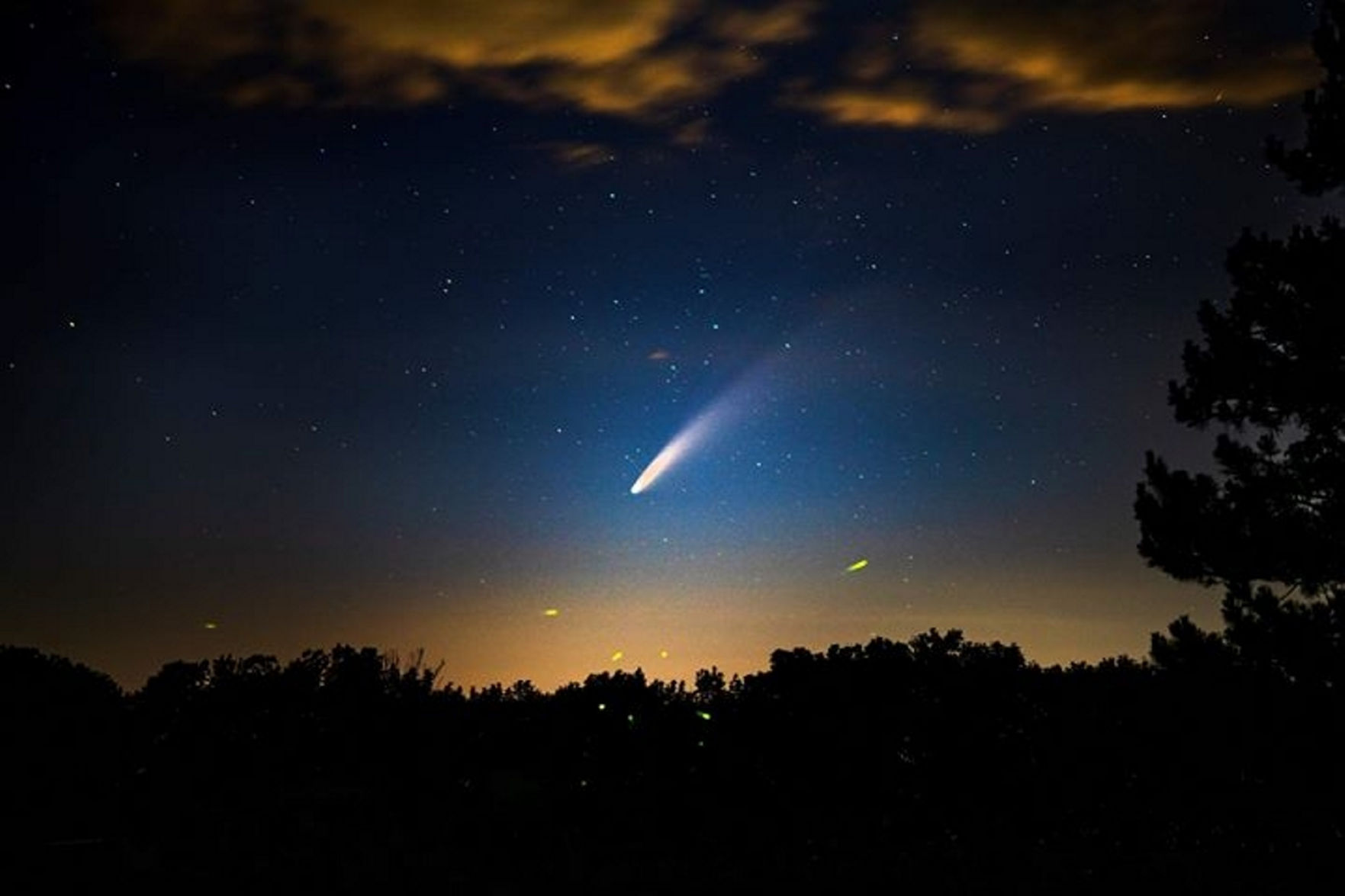
When frozen, they are the size of a small town.

The Plough constellation What is a comet?Ĭomets are cosmic snowballs of frozen gases, rock and dust that orbit the Sun. Take binoculars or a telescope to enhance the view – although you do not need them to see it as it’s an especially bright object in the sky.As the sun sets and stars become visible, the best way to first spot the comet is look eastwards in the sky just below the constellation The Plough (also known as The Big Dipper), about 10 degrees above the horizon.Find an area away from street lights – Solomon’s Temple or Corbar Cross are ideal locations.

Get up early before sunrise or stay up late – the comet is most visible about 80 minutes before sunrise – check UK sunrise times here.If you’re looking with the naked eye, Neowise will likely look like a fuzzy star with a bit of a tail, so using binoculars or a small telescope is recommended to get the best views of this object. The comet will become increasingly visible after sunset. Overnight weather forecasts for Buxton and the Peak District forecast dry conditions and little cloud, so…if you do capture a photo of Neowise, send it in to us, we’d love to share any on our social media.

The comet passes closest to Earth on 23rd July. Stargazers in the Northern Hemisphere are in for a treat this week as comet Neowise will pass our planet at a distance of 64 million miles away, which is close in terms of passing comets – but around 400 times further away than the Moon!ĭiscovered on 27th March 2020 by NASA’s Near-Earth Object Wide-field Infrared Survey Explorer (NEOWISE) mission, Comet Neowise is putting on a dazzling display for skywatchers before it disappears, not to be seen again for another 6,800 years.


 0 kommentar(er)
0 kommentar(er)
